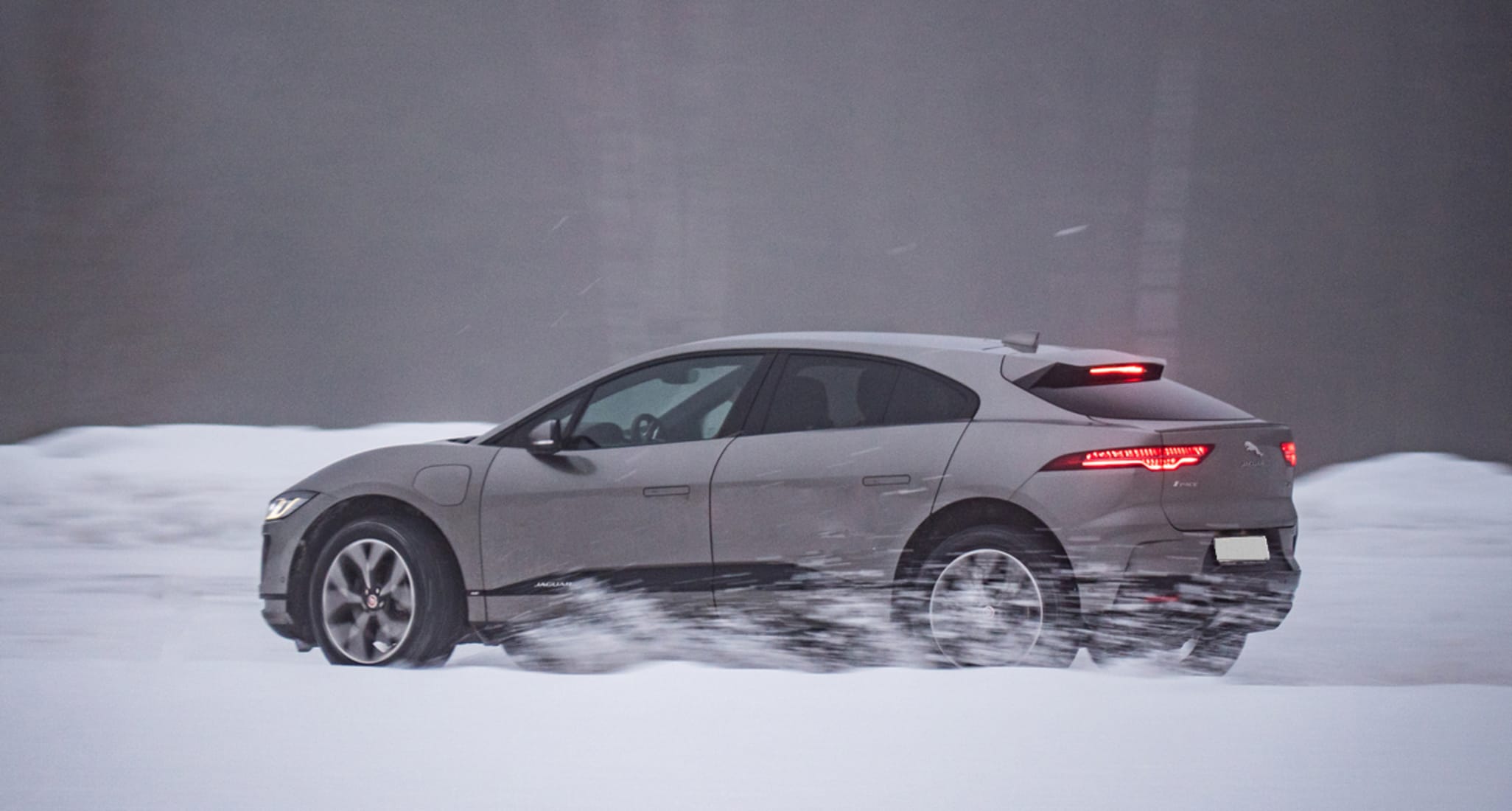Range of electric cars: how far can they go?
Range is a major selling point for electric cars. How is it calculated? Is it realistic? How can I go further? The Comparis range check.

09.12.2024

iStock/y_carfan
1. How is range measured?
The range measurement of electric cars is carried out using the "WLTP" method. WLTP stands for the Worldwide Harmonized Light-Duty Vehicles Test Procedure.
This is a test under laboratory conditions. There are WLTP tests for both combustion engine and electric cars. These tests differ slightly owing to the different measuring technology.
Electric cars: actual range vs. WLTP range
The WLTP range is usually higher than the actual range. According to TCS, you should subtract about 5% from the WLTP range to work out the actual range. The test carried out by ADAC has even greater deviations (both links not available in English).
The differences between the WLTP and actual measured ranges are also different depending on the vehicle and driving style.
Good to know: the average temperature in Switzerland is lower than the temperature during the test. This explains to some extent the differences between the ranges determined in the test and the actually measured ranges for electric vehicles.
Cars in Europe must pass the test twice. The first test takes place at a standardized temperature of 23°C. The second test at 14°C.
The maximum speed is 131km/h. The average test speed is 46.5km/h.
Secondary systems such as heating and air conditioning are switched off during the test.
The test follows a specific procedure at specified speeds. In total, it lasts 30 minutes and the simulated route corresponds to a distance of around 23 kilometres.
For electric cars, the amount of energy consumed is measured during charging after the test. This is used to calculate the consumption.
In the case of electric cars, two additional tests are carried out: one with a full battery and one with an almost empty battery. This is because the vehicle has different consumption rates depending on the charge level. In addition, recuperation is not possible if the battery is full; this refers to the recovery of energy by braking or deceleration.
The emissions from combustion engines are measured with an extra on-road test drive.
2. Electric car range: list of popular vehicles
During testing, ADAC follows the WLTP test procedure, but adds an extra motorway section. The consumption of an electric car is calculated from the electricity required to charge the car after the test.
3. What influences the maximum range of an electric car?
Among other things, these factors affect the range:
First and foremost, the characteristics of the car itself determine the possible range.
An elementary factor is the battery: a battery with more kWh usually allows a longer range than a smaller, lower-performance battery. Larger, more powerful batteries are also heavier, which in turn can reduce the range advantage somewhat.
The range is also influenced by:
Power consumption of the engine: the more power the electric motor consumes, the lower the range.
Vehicle design: a more aerodynamic car has less drag. For example, SUVs consume more than compact sedans.
Battery age: the charging capacity of the battery gradually decreases with the number of charging cycles.
The weather and other conditions affect how far you can go with your electric car. Range also decreases in the rain and the cold. For example, you need more energy in the mountains than on flat roads.
This also applies to petrol and diesel cars. When it rains, the resistance of the tyres on the road is higher. At low temperatures, the heating consumes additional electricity, for example.
When it’s hot, the cooling required for the car and battery reduces the range. However, there is hardly any risk of overheating in modern vehicles.
They have thermal management systems that protect the battery from overheating. Nevertheless, extreme temperatures can temporarily reduce performance or prolong charging times to protect the chemicals in the battery.
The way you drive has a major influence on your car’s range. Smooth, defensive driving gets you further than hectic driving with abrupt braking.
Cars also consume more energy at higher speeds. For example, doubling the speed quadruples the drag. A heavy, fully packed car also uses more energy than an empty one.
Finally, the tyre pressure and the tyres have an effect on range. Pressures that are too low or too high both increase consumption.
Tyres suited to the electric car can increase the range. Pay attention to the energy label when buying the tyres. Depending on the aerodynamics, even the rims can affect the range.
Electric cars and hybrid vehicles can increase their range through a process called recuperation. The system converts braking energy into energy for the battery.
The batteries installed in electric cars use chemical reactions in a liquid electrolyte solution. However, manufacturers are currently researching solid-state batteries, which offer various advantages:
The service life is longer. Solid-state batteries can last for up to 100,000 charge cycles. The service life of the lithium-ion batteries currently in general use is only around 1,500 charging cycles.
They cannot overheat. They are also largely non-flammable.
Solid-state batteries can store up to 30% more energy in the same volume. This means batteries with the same size have a longer range.
The charging time of solid-state batteries will probably be faster than for lithium-ion batteries.
There are already several electric cars in China with stated ranges of 1,000 kilometres. The ranges are based on the Chinese CLTC test procedure. However, different measurement conditions apply than in the WLTP test, as the CLTC is adapted to Chinese conditions.
4. Electric car range in winter
The range of an electric car is usually lower in winter – up to 50% lower in sub-zero temperatures. For short journeys, the energy used to heat up the car may also be higher. Winter tyres also lead to higher energy consumption. Having said that, combustion engine cars also consume more energy in winter.
A suitable temperature is therefore crucial for achieving the longest possible range. Batteries work best between 20 and 40 degrees Celsius.
How can I increase the range of my electric car in winter?
Heat the car and the battery while it is still connected to the mains. This way, the heating energy required will not be drawn from the drive battery.
Set the temperature of the interior as low as possible.
Use seat heating, steering wheel heating and the heating wires in the windshield. They work more efficiently than air heating.
If possible, warm up the car’s battery before charging. That’s because fast charging in particular takes longer with a cold battery. Some cars with a navigation system start the battery heating automatically before reaching a planned charging stop.
Park in a garage if possible. This way, the battery cools down less. Park outdoors in the sun rather than in the shade at mild or low temperatures.
Use winter wheels with smaller rims and narrower tires. This combination reduces weight and rolling resistance, increasing the efficiency of the vehicle.
5. Tips for increasing your range
These tips will help you to get a little further with your electric car:
Make use of recuperation. This generates energy when braking, which is fed back into the battery.
When driving in the city, use the highest recuperation setting. That’s because frequent braking generates a lot of energy in stop-and-go city traffic.
The higher the recuperation setting, the higher the wear on the tyres on the drive wheels.
Recuperation does not work when the battery is fully charged.
Adapt your driving style:
Drive evenly and defensively.
Accelerate gradually; this uses less energy.
Let your vehicle coast to a stop. This is also known as sailing and is similar to idling in a petrol or diesel car.
Use cruise control on the motorway. This helps to maintain a constant speed and control energy consumption.
Drive at a moderate speed. That’s because higher speeds lead to increased drag and higher consumption.
Use the car’s economy mode. This artificially reduces the performance peaks of the engine.
Choose the right model when buying a car. The heavier and bulkier the car, the higher the fuel consumption.
Avoid unnecessary electricity consumption for heating and air conditioning, if possible.
Make sure you have the right tyres at the right pressure.
Don’t transport unnecessary weight.
This article was first published on 19.06.2024


